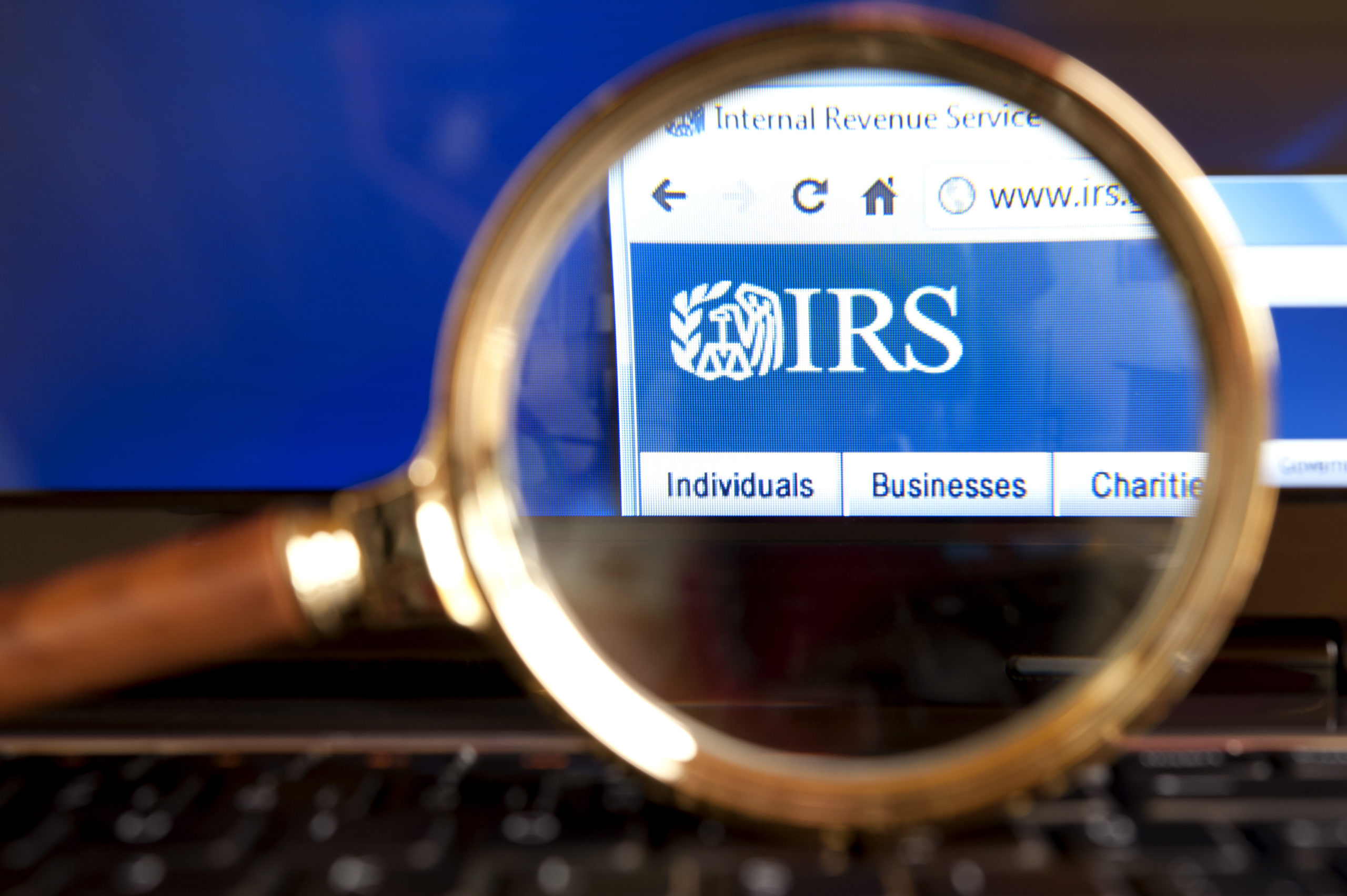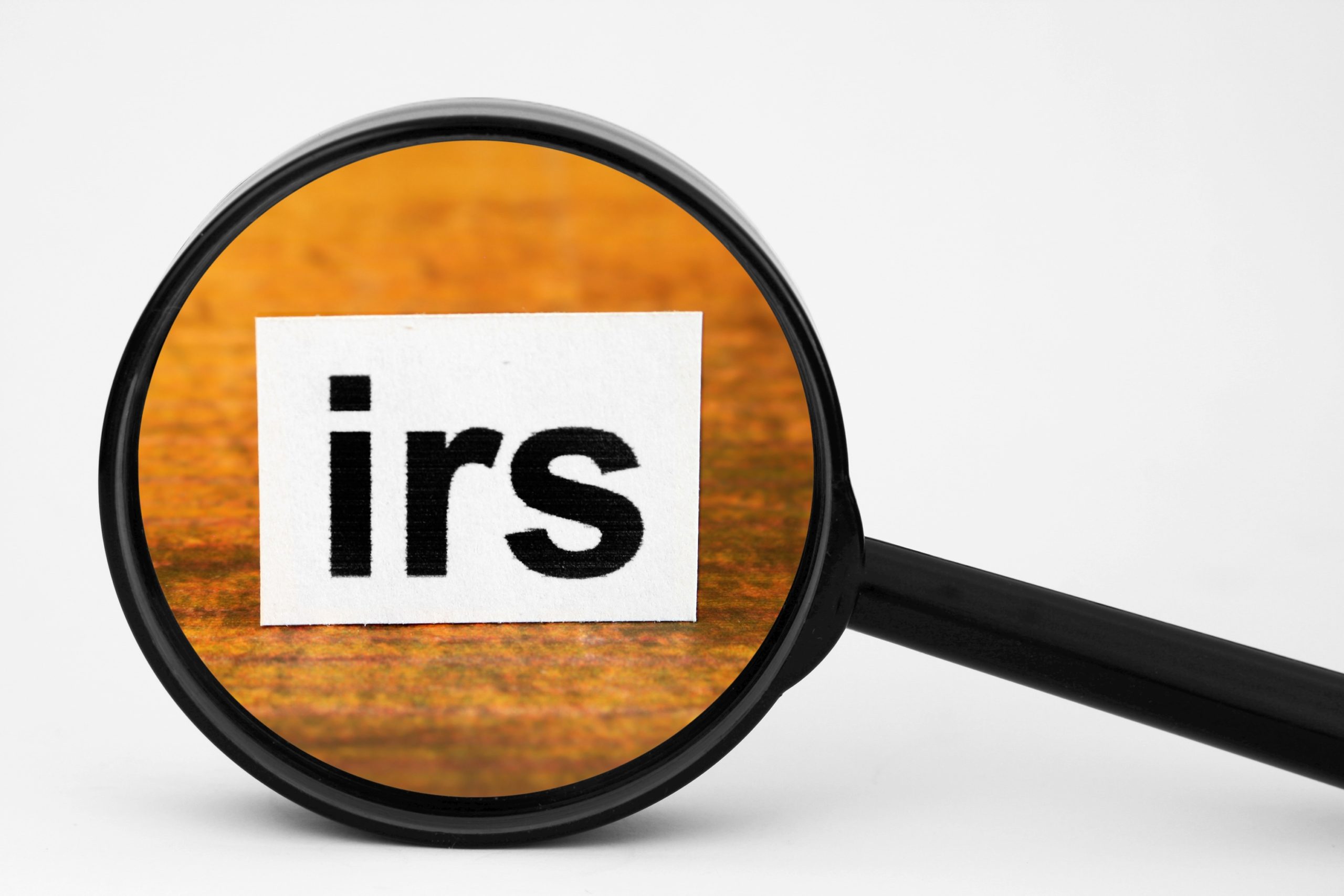
Pennsylvania’s non-profit organizations now have a new online filing option available to them to apply for and renew a Pennsylvania sales tax exemption. The Institutions of Purely Public Charity Act of 1997 established the criteria for non-profit sales tax exemption in the state of Pennsylvania. The criteria includes charitable purpose, private profit motive, community service, charity to persons, and government service.
Through the application now available online, non-profits in Pennsylvania can be granted an exemption from paying the state’s 6% sales tax on purchases made on behalf of the organization’s charitable purposes. Prior to this web based platform, non-profits were required to submit applications in paper form. This resulted in long approval times due to the volume of applications received along with the required supporting documents often missing in paper format, which delayed the approval process even further. If you have any questions regarding the online filing process, please contact a member of your engagement team.





